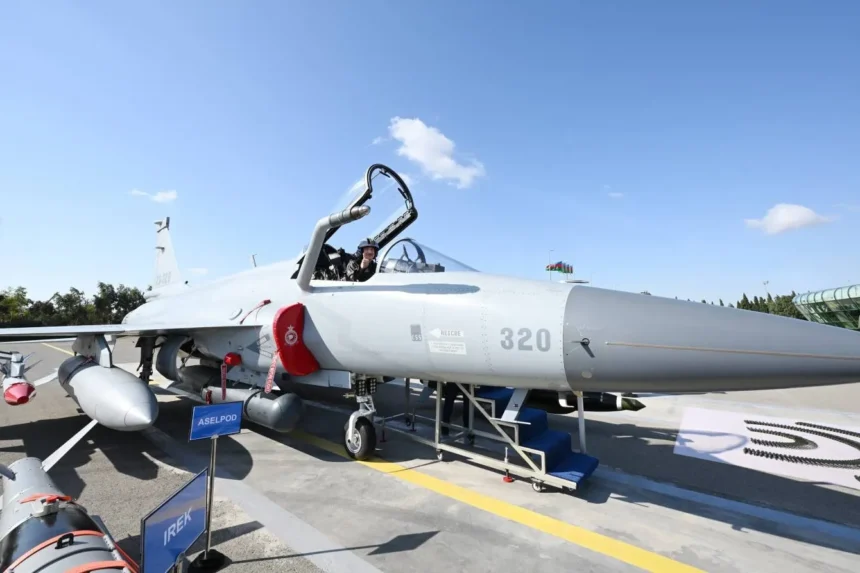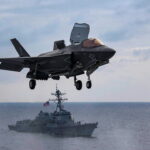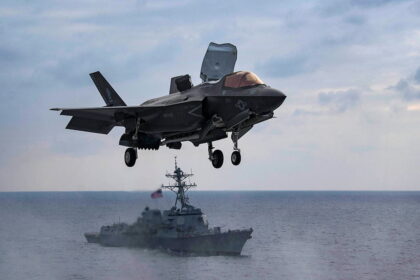Bangladesh’s reported acquisition of 16 JF-17 Thunder Block III fighter jets marks a significant step toward modernising its air force and enhancing maritime and border defence capabilities. The deal — reportedly worth around USD 720 million (BDT 8,856 crore) — would complement the ongoing J-10CE induction, signalling Dhaka’s move toward a diversified and balanced airpower strategy amid rising regional security challenges.
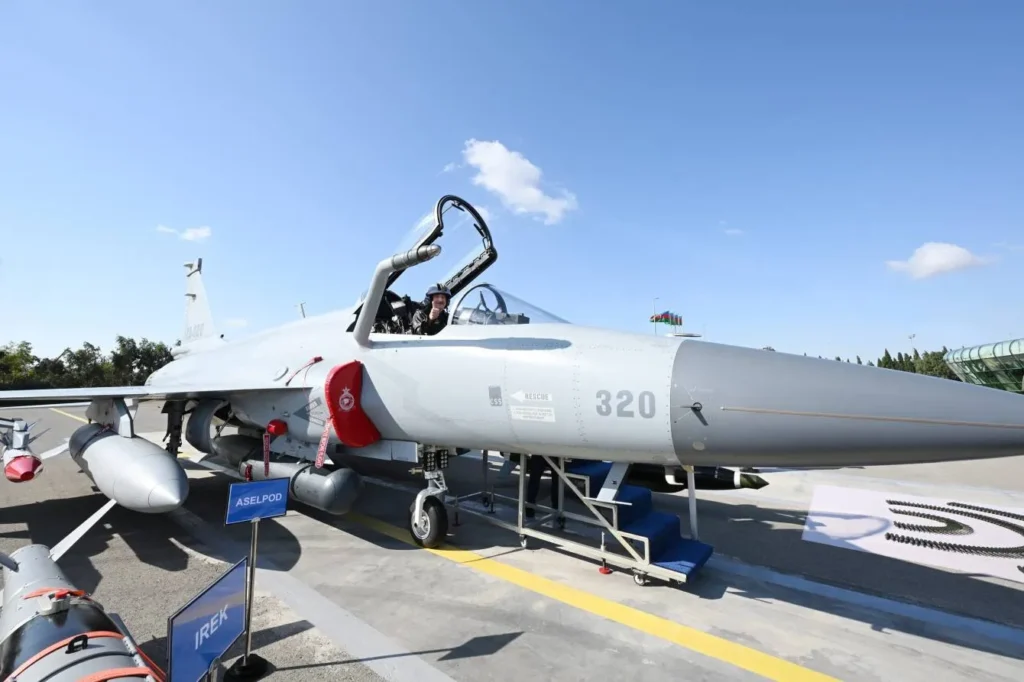
According to emerging defence reports, the Bangladesh Air Force (BAF) is in the process of acquiring 16 JF-17 Thunder Block III multirole fighters from Pakistan Aeronautical Complex (PAC) Kamra, under an emergency procurement valued at approximately USD 720 million. The new aircraft are expected to be deployed at BAF Base Cox’s Bazar, a strategic airbase overseeing the Bay of Bengal — an increasingly vital area for Bangladesh’s maritime surveillance and defence posture.
If confirmed, this acquisition would complement Bangladesh’s ongoing J-10CE programme from China, forming a dual-layered fleet structure — the heavier J-10CEs for air-dominance and long-range strike missions, and the lighter JF-17s for multi-role operations and quick-response intercepts.
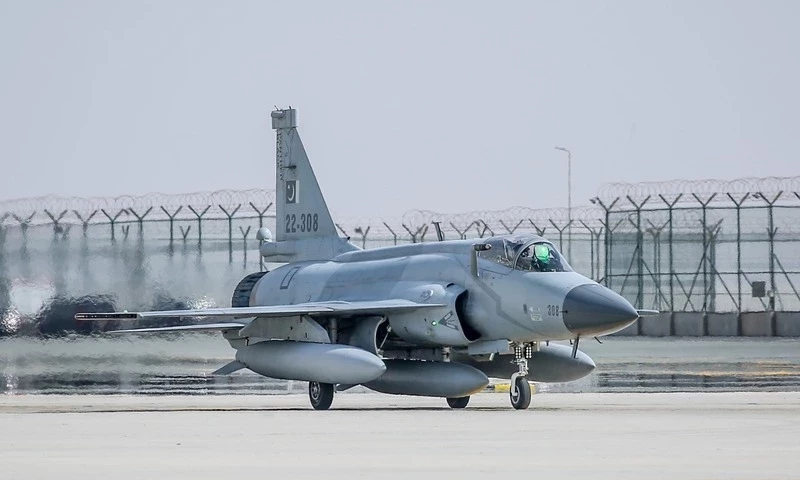
Operational and Strategic Implications
The JF-17 Block III, developed jointly by Pakistan and China, features advanced avionics, an AESA radar, helmet-mounted display (HMD), and beyond-visual-range (BVR) missile capability — a major leap from previous BAF aircraft generations. It can carry a range of air-to-air and air-to-surface munitions, including Chinese PL-15 BVR missiles and precision-guided bombs, offering cost-effective versatility.
The stationing of these jets at Cox’s Bazar — close to Bangladesh’s southern maritime frontier — would allow Dhaka to enhance maritime domain awareness (MDA) and conduct extended patrols over the Bay of Bengal, where the country continues to assert its Exclusive Economic Zone (EEZ) rights.
Defence analysts suggest the move reflects Bangladesh’s effort to balance affordability, capability, and interoperability in its air fleet. While the J-10CE programme offers high-end capabilities, the JF-17s provide a sustainable operational backbone with lower maintenance costs and shared technology pipelines with Pakistan and China.
Regional Context and Future Outlook
Bangladesh’s air modernisation comes amid heightened military developments in South and Southeast Asia. With neighbouring India expanding its Rafale and Tejas Mk-1A fleets, and Myanmar operating JF-17s of its own, Dhaka’s decision to bolster its fleet aligns with its “Forces Goal 2030” vision — a long-term initiative to establish a balanced, self-reliant defence structure.
The JF-17 Block III’s inclusion, if finalised, could also mark a milestone in Pakistan-Bangladesh defence cooperation, potentially paving the way for joint training, logistics, and maintenance frameworks.
Conclusion: Toward a Balanced Airpower Doctrine
Bangladesh’s possible induction of JF-17 Block III fighters — alongside the J-10CE fleet — indicates a strategic shift toward a multi-tiered air combat doctrine, enhancing its deterrence posture while maintaining cost efficiency.
If executed, the procurement would not only modernise the Bangladesh Air Force’s combat capabilities but also redefine its regional air defence equation, ensuring that Dhaka remains a credible airpower in the Bay of Bengal theatre for the next decade.


